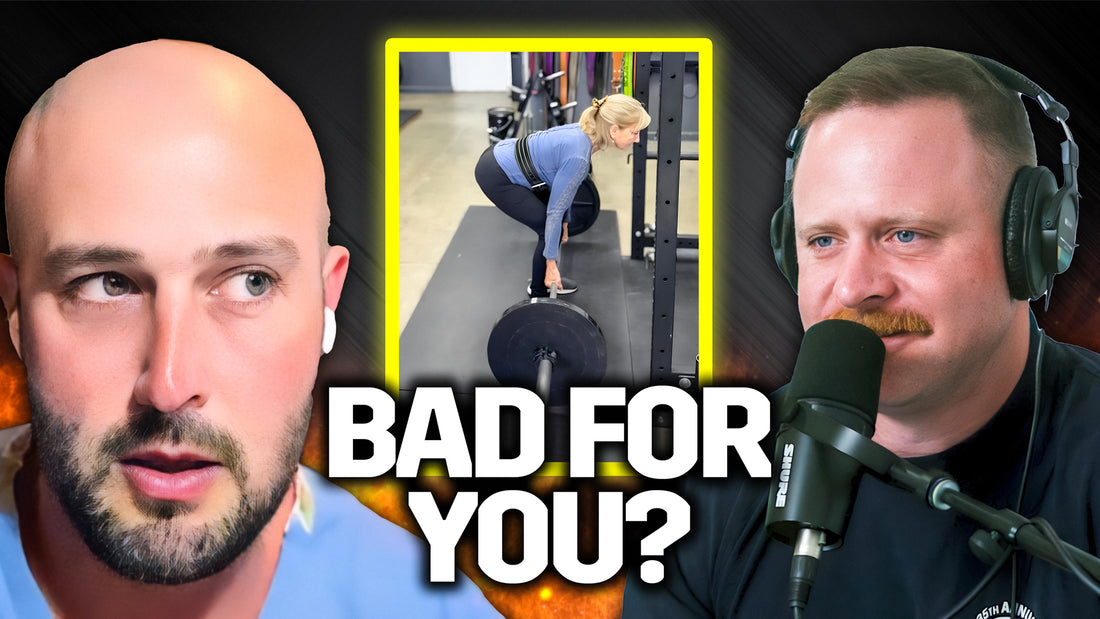Starting Strength Coach Grant Broggi asks an Orthopedic Surgeon if squats and deadlifts are bad for your back. This is from The Okay Podcast EP 022.
Are Squats and Deadlifts Bad for Your Back? Unpacking the Myth
The internet is rife with claims about the dangers of squats and deadlifts, particularly concerning back health. But is there any truth to these assertions? Let's dive into the details and explore the balance between risk and benefit when it comes to these fundamental exercises.
Understanding Joint Health and Mechanical Alignment
The health of our joints, particularly the knees and back, is crucial when performing any exercise. The articular cartilage within our joints is nourished by synovial fluid, which is avascular. This means that movement helps to bathe the cartilage cells in this fluid, promoting health and functionality. This is where the saying "motion is lotion" comes from, highlighting the importance of activity for joint health.However, this beneficial movement assumes that one's mechanical alignment is perfect. Any deviation in alignment can cause uneven stress on the cartilage, leading to "hot spots" of pressure that may damage the tissue over time. Thus, while movement is beneficial, incorrect form can lead to significant issues.
The Importance of Proper Form and Core Strength
When it comes to protecting the back during squats and deadlifts, proper form is non-negotiable. Ensuring that you're performing these exercises safely, without neglecting core strength, is vital. The core acts as a stabilizer for the entire body, and strong core muscles can help maintain proper alignment and reduce the risk of injury.Moreover, the mechanics of how you perform these exercises also plays a crucial role. For instance, powerlifting movements should be done in a way that leverages mechanical advantage. Performing power lifts in a manner akin to endurance training, such as in some CrossFit routines, can negate the purpose of the movement and increase the risk of injury.
Personal Experience and Practical Application
To put theory into practice, let's consider the experience of individuals who regularly perform these exercises. Many who maintain proper form and understand the mechanics do not experience the purported negative effects on their back or knees. For example, a practitioner with a personal record of a 515-pound deadlift demonstrates that high-intensity lifts, when performed correctly, do not necessarily lead to injury. This individual also emphasizes the importance of not exceeding moderate rep counts during heavy lifts, which aligns with the principle of using these exercises for strength rather than endurance.
Conclusion: Balance and Smart Training
The key takeaway is finding a balance in your training regimen. It's about understanding the principles behind each movement and executing them with precision and care. Squats and deadlifts are not inherently bad for your back; rather, how you perform them determines their impact on your body. By focusing on proper form, appropriate weight, and the right number of repetitions, you can enjoy the benefits of these powerful exercises without undue risk to your back or joints.
